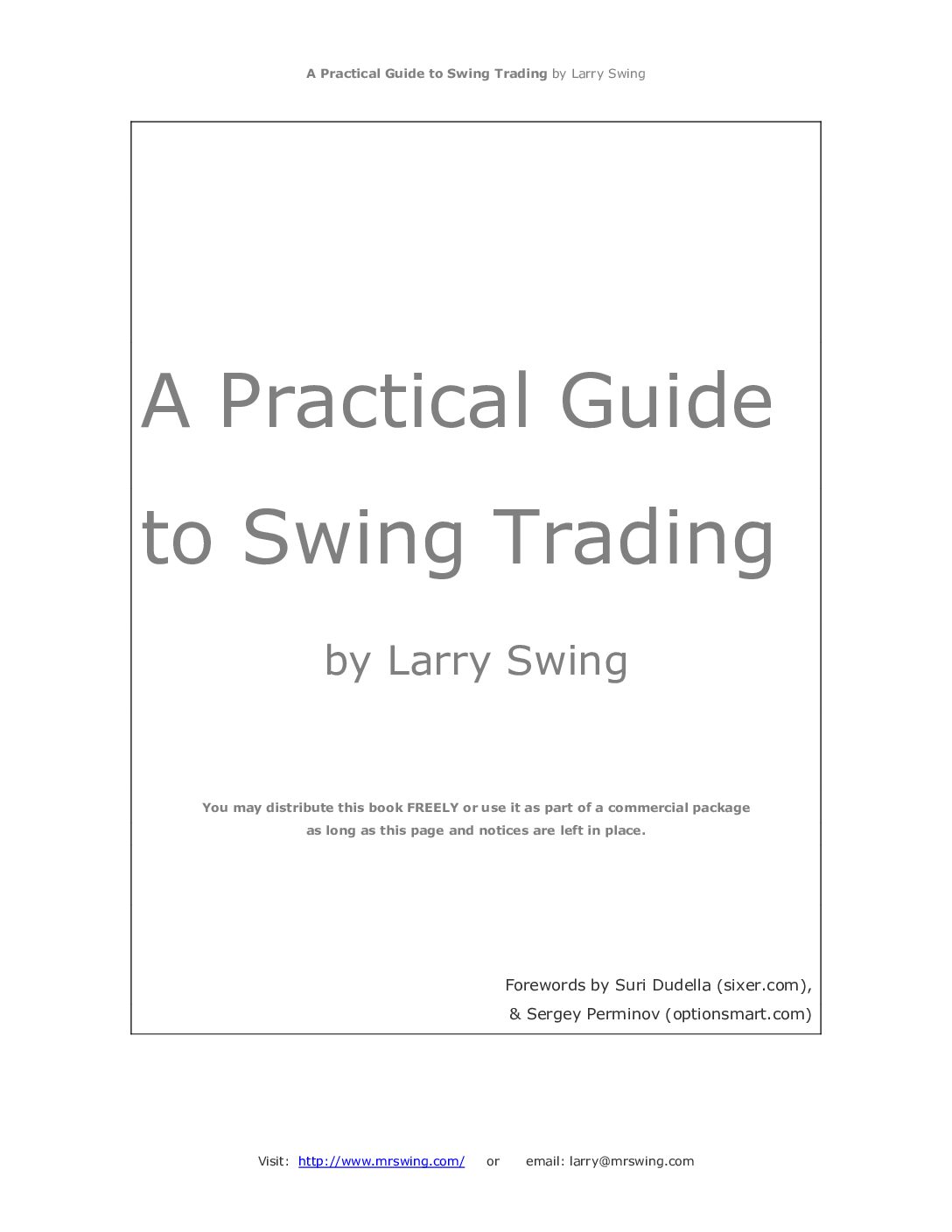Showing 1–9 of 55 results
-

-

100 WAYS TO MOTIVATE YOURSELF
100 Ways to Motivate Yourself: Change Your Life Forever by Steve Chandler is a self-help book filled with practical, bite-sized strategies designed to boost motivation, overcome procrastination, and inspire personal growth. Here’s a summary of the main ideas across the 100 ways:
🌟 Core Themes and Ideas:
Take Responsibility
Stop blaming others or external circumstances. Motivation starts when you take full ownership of your life.Create a Vision
Clearly imagine what you want your life to look like. Visualization strengthens commitment and direction.Act Now, Think Later
Don’t wait for the perfect moment. Action creates momentum and breeds motivation.Kill Procrastination
Break large goals into small, actionable steps. Start with what you can do now.Change Your Self-Talk
Replace negative inner dialogue with empowering statements. The way you talk to yourself shapes your actions.Use Positive Pressure
Make public commitments or set deadlines to stay accountable.Feed Your Mind Daily
Read, listen, or watch something inspiring or educational each day to keep your motivation high.Create New Habits
Motivation isn’t just about bursts of energy—it’s also about consistent routines and behaviors.Surround Yourself With Inspiration
Associate with positive, motivated people and limit time with those who drain your energy.Celebrate Progress
Acknowledge your wins, no matter how small. Recognition builds momentum and confidence. -
Sale!

A Practical Guide On Swing Trading By Larry swing
$10.00Original price was: $10.00.$0.00Current price is: $0.00.Swing trading is a speculative trading strategy that aims to profit from price movements or “swings” in the market over short to medium-term periods, typically ranging from a few days to a few weeks. Traders employing this strategy seek to capitalize on market volatility by identifying potential entry and exit points based on technical and fundamental analyses..
-

A Practical Guide To Swing Trading
Swing trading is a short- to medium-term trading strategy used in financial markets where traders aim to capitalize on price “swings” or fluctuations over a period of a few days to several weeks. Unlike day trading (which involves positions closed within the same day), swing traders hold positions longer to capture larger price movements.
-
Time Frame: Typically 2 days to a few weeks.
-
Objective: Profit from upward or downward “swings” in price.
-
Tools Used:
-
Technical Analysis (charts, indicators like moving averages, RSI, MACD)
-
Sometimes Fundamental Analysis (especially for stocks)
-
-
Instruments: Stocks, forex, commodities, options, and cryptocurrencies.
-
-

A Wise Camel
🗣 Characters & Setup
-
A mother camel and her baby camel are relaxing together—often depicted in a zoo setting rather than the desert.
-
The baby is full of questions, curious about why camels have unique traits.
🌟 Key Dialogue & Camel Features
The baby asks:
-
“Why do we have humps?”
-
Mom explains humps store water, essential for desert survival.
-
-
“Why our long legs and rounded feet?”
-
They help camels walk across sandy terrain easily and efficiently.
-
-
“Why long eyelashes?”
-
To shield eyes from harsh desert sands and winds.
-
🧠 Twist & Realization
-
The baby reflects: “All these traits serve desert survival—so why are we here, in the zoo?”
-
The realization is clear: skills, abilities, and knowledge only matter when used in the right context thebookseekers.com+4slideshare.net+4slideshare.net+4slideshare.net+1reddit.com+1.
🎓 Lesson / Moral
-
The story ends with a simple yet powerful message:
“Abilities, knowledge, and experience are only useful if you’re in the right place.”
-
-

-

ACCEPT ABUNDANCE INTO YOUR LIFE
Abundance is not something you chase—it’s something you allow by shifting your mindset from scarcity to belief in unlimited possibilities. Accepting abundance means recognizing that you are worthy, there is more than enough, and life supports you when you align your thoughts, emotions, and actions with prosperity.
💡 Key Principles:
-
Adopt an Abundance Mindset
Replace scarcity thoughts like “there’s never enough” with beliefs like “there is always more on the way.” What you focus on expands. -
Release Limiting Beliefs
Identify and challenge inner stories like “I don’t deserve wealth” or “Money is evil.” These unconscious beliefs block flow. -
Gratitude Opens the Door
Be deeply grateful for what you already have. Gratitude attracts more to be grateful for. -
Visualize Abundance
Picture your ideal life as if it’s already yours. Emotionally connect to it. This creates alignment between your desires and your energy. -
Take Inspired Action
Abundance flows when you act boldly and consistently. Trust your instincts and move forward, even if the full path isn’t clear. -
Give Generously
Giving (time, energy, money) shows faith in the abundance of the universe. It keeps the flow moving through you, not just to you. -
Say Yes to Receiving
Don’t block blessings with modesty or guilt. Practice saying “thank you” and fully receiving compliments, opportunities, and gifts.
🧘♀️ Spiritual Insight:
Many abundance teachings suggest that you are already connected to an infinite source (God, the Universe, energy). Accepting abundance means trusting that source—and yourself—fully.
🔑 Key Takeaway:
Abundance is your natural state. When you believe you are worthy, stay grateful, and take aligned action, life responds in kind.
Would you like affirmations, journal prompts, or practices to help you integrate an abundance mindset?
-
-

ACESS BIOLOGY
“Access Biology” encompasses various programs aimed at providing foundational biology knowledge for students pursuing higher education in science and health-related fields. These courses are structured to cater to different educational backgrounds and learning preferences, ensuring accessibility and preparedness for advanced studies.
-
Sale!

Acupuncture Point Locations By
$12.00Original price was: $12.00.$0.00Current price is: $0.00.Acupuncture points are specific locations on the body where needles are inserted in traditional Chinese medicine (TCM) to stimulate energy flow or Qi and restore balance. These points are organized along pathways known as meridians, which are connected to different organs and systems of the body.

